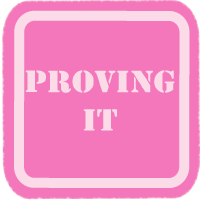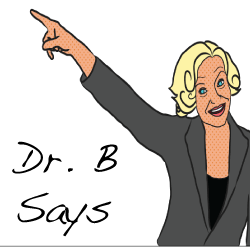
 Mnemonic Devices
Mnemonic Devices
 Mnemonic devices, found in the “Giving It” stage of B-SLIM, are part of HOW the teacher decides to teach. The amount of information students receive over the course of the language learning process can be staggering. For this reason, it is essential to find ways of helping students chunk and remember concepts; by creating mnemonic devices when possible, teachers will be helping their students remember information for longer and in the process will also be teaching students a particular type of learning strategy. In this section we will explain what mnemonic devices are, look at the role they play in distinguishing between memorizing and remembering and explain their role in the language class.
Mnemonic devices, found in the “Giving It” stage of B-SLIM, are part of HOW the teacher decides to teach. The amount of information students receive over the course of the language learning process can be staggering. For this reason, it is essential to find ways of helping students chunk and remember concepts; by creating mnemonic devices when possible, teachers will be helping their students remember information for longer and in the process will also be teaching students a particular type of learning strategy. In this section we will explain what mnemonic devices are, look at the role they play in distinguishing between memorizing and remembering and explain their role in the language class.
What is a mnemonic device?
The word mnemonic is derived from the Greek word mnemonikos, which means “of memory”. A mnemonic device is a memory aid that can greatly facilitate the learning of a second language. Mnemonics can take many forms, including acronyms, poems, etc.
What is the difference between memory, memorize and remember?
In B-SLIM, it is crucial to differentiate between memory, memorize and remember. You can memorize something and memorizing is part of remembering, but remembering is bigger and broader and means you have made some sort of personal connection.
How can mnemonics be used in the language classroom?
A mnemonic device is 1.0 and 2.0. This means that the teacher wants to present things in a way that will help the students remember it (which relates back to the power of the first impression). With experience, the teacher should have learned pedagogic content knowledge, meaning the way to best present a concept, whether it is grammar, vocabulary or a cultural point. The goal is to determine how you can best present the concept so that the students will remember it the longest. As teachers, there are certain activities that we try and think will be successful, but then may realize that students are struggling or didn’t understand the concept as well as we had hoped. Seeing that the students are struggling in this ways causes the teacher to try and figure out a way to make that concept clearer next time. This means, therefore, that it is up to the teacher to try, through mnemonic devices that are very broad, to make it clearer. Simultaneously, students have the responsibility of trying to remember. Teachers and students NEED to differentiate, memorize and remember. Often we hear people say “I’ll memorize that,” and they mean remember, but their comment doesn’t have that nuance. We need to remember that there are things we need to memorize; this isn’t a bad thing, but we need to go beyond this and using our cognitive capacity to just memorize everything doesn’t serve us well. There is evidence that people who are excellent memorizes have difficulty applying what they have memorized.
We as teachers need to use mnemonic devices and need to draw them out of students to find out what they can do to help themselves remember; this process is part of helping students develop learning strategies. Rebecca Oxford’s work on learning strategies includes an entire section devoted to memory strategies; she talks about creating mental linkages, applying images and sounds, reviewing well and employing action.
Watch the video of this language teacher; how does she use mnemonics in her language classroom? What other mnemonic devices have you heard of or have you used to learn a language? (time 1:04) |
back to top

Mnemonics for learning languages
http://memory-key.com/Language/mnemonics.htm










